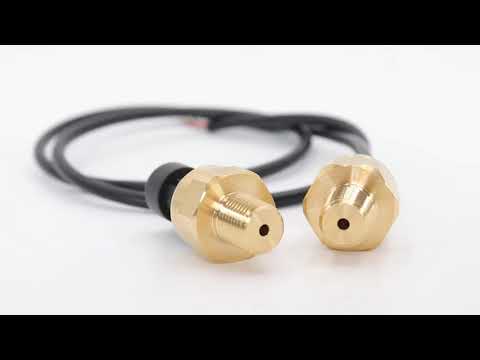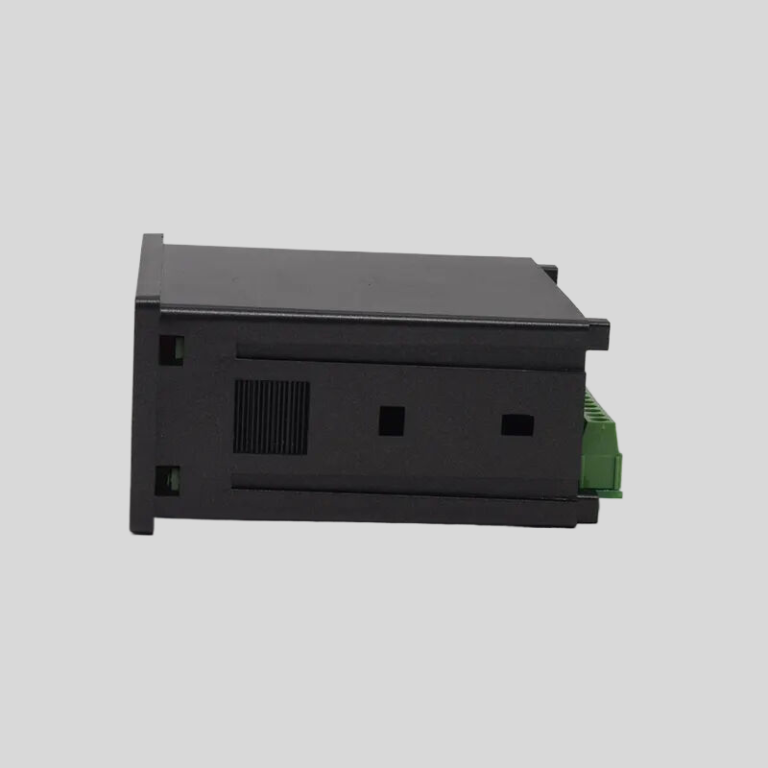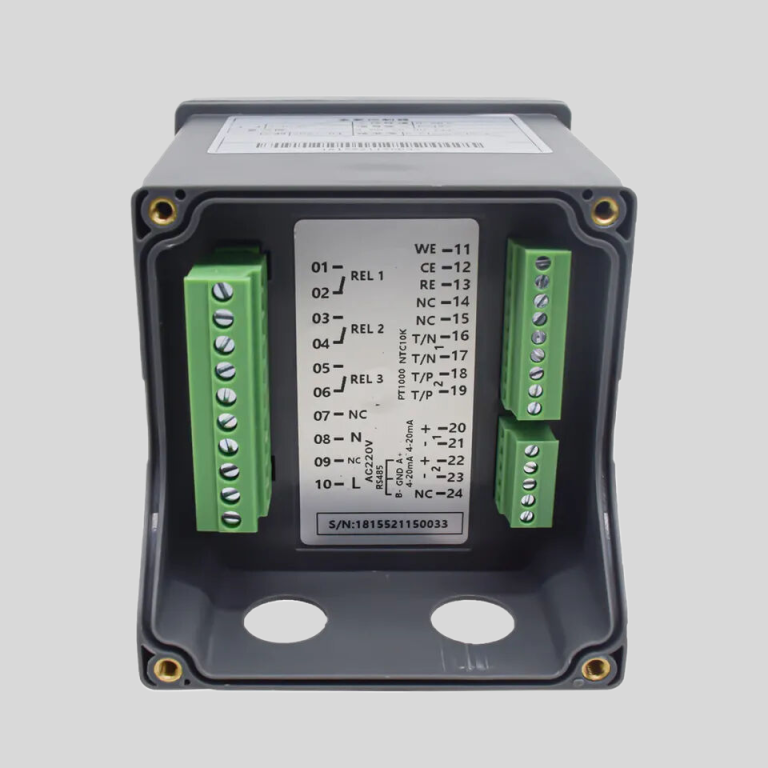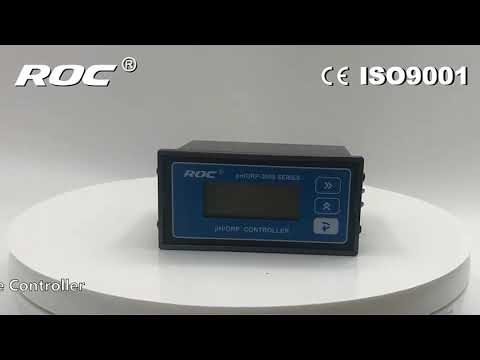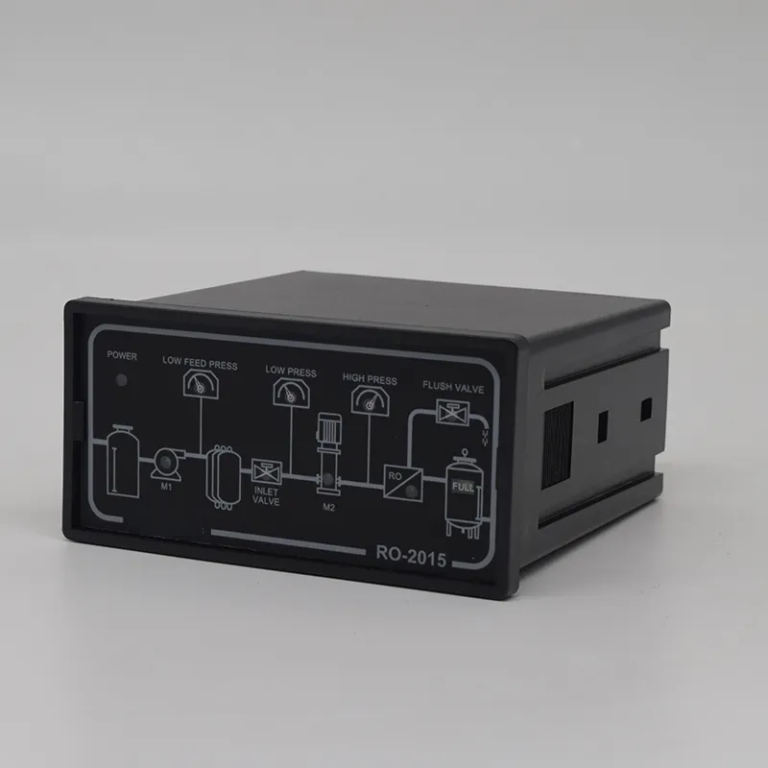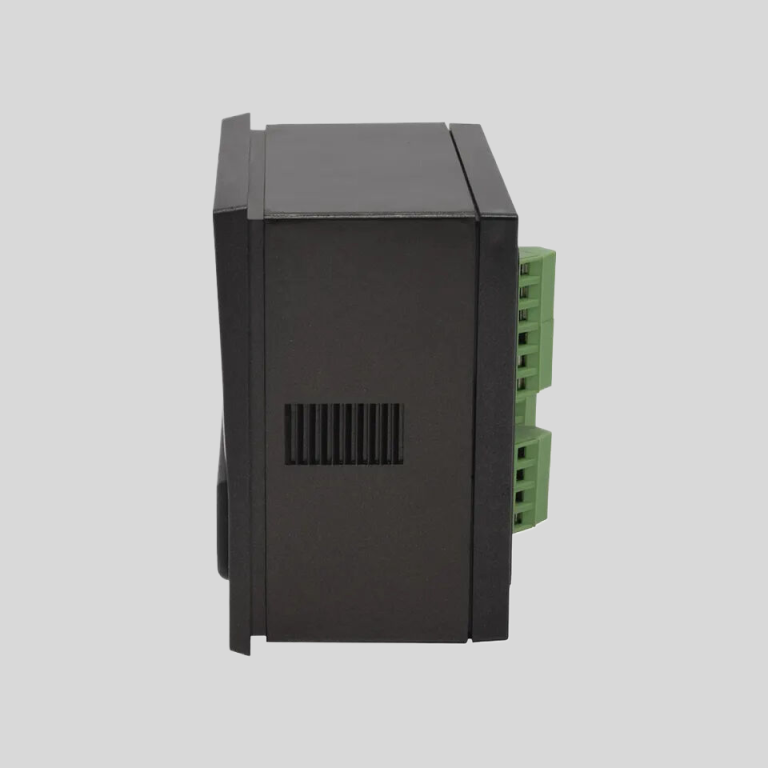“Optimize your water quality with precise ORP control.”
Understanding the Impact of ORP on Chemical Controllers
Oxidation-Reduction Potential (ORP) is a crucial parameter in water treatment and chemical control systems. It measures the ability of a solution to oxidize or reduce contaminants, providing valuable information about the water’s cleanliness and safety. In chemical controllers, ORP plays a significant role in maintaining the desired water quality by controlling the amount of disinfectant added to the water.
| POP-8300 free chlorine online analyzer | ||
| System Model | POP-8300 free chlorine online analyzer | |
| Measurement configuration | (HClO)free chlorine.. | |
| total free chlorine/(ClO2)/pH/Temperature | ||
| Free chlorine | (0.00-2.00)mg/L(ppm); (0.00-20.00)mg/L(ppm) | |
| Measurement | pH | 2.00-12.00 |
| range | Temperature | (0.0-99.9)℃ |
| Free chlorine | 0.01mg/L(ppm) | |
| Resolution | pH | 0.01 |
| Temperature | 0.1℃ | |
| Free chlorine | Indication error 10% | |
| Accuracy | pH | 0.1pH |
| Temperature | ±0.5℃ | |
| Sensor life | pH/free chlorine sensor | 12months(The service life is closely related to the measurement medium and maintenance frequency) |
| Communication interface | RS485 | MODBUS RTU communication protocol |
| Number of channels | Double channels | |
| (4-20)mA | Technical feature | Isolated, reversible, completely adjustable, instrument/transmitter dual mode |
| output | Channel configuration | Programmable point to Free chlorine, chlorine dioxide, Temperature, pH |
| Loop resistance | 400Ω(Max), DC 24V | |
| Transmission accuracy | ±0.1mA | |
| Number of channels | Double channels | |
| Contact mode | The first and second for photoelectric switch | |
| Control output | Load capacity | Load current 50mA(Max),AC/DC 30V |
| Control point | Programmable function(Free chlorine, chlorine dioxide, Temperature, pH, Timing) | |
| Load capacity | Load current 50mA(Max),AC/DC 30V | |
| Control point | Programmable function(Free chlorine, chlorine dioxide, Temperature, pH, Timing) | |
| Power supply | Connected to electric supply | |
| AC80-260V;50/60Hz,compatible with all international | ||
| market power standards(110V;220V;260V;50/60Hz). | ||
| Working environment | Temperature:(5-50)℃;relative humidity:≤85% RH(non condensation) | |
| Power Consumption | <20W | |
| Storage environment | Temperature:(-20-70)℃;relative humidity:≤85%RH(non condensation) | |
| Installation | Wall mounted(with the preset back cover) | |
| Cabinet weight | ≤10kg | |
| Cabinet dimension | 570*mm*380mm*130mm(H×W×D) | |
Chemical controllers are automated systems that monitor and adjust the levels of chemicals in water, such as chlorine or bromine, to ensure that the water remains safe and clean. ORP is a key parameter that chemical controllers use to determine the appropriate amount of disinfectant needed to maintain the desired water quality. When the ORP level is too low, it indicates that there is not enough disinfectant in the water to effectively kill bacteria and other contaminants. On the other hand, if the ORP level is too high, it suggests that there is an excess of disinfectant, which can be harmful to swimmers and equipment.
| Product Model | MFC-8800 | |
| Communication port | The uplink slave channel Modbus RTU protocol RS485 port is connected with DTU and DCS | |
| Downlink master channel RS485 port of Modbus RTU protocol is connected with data acquisition terminal | ||
| 4~20mA output | 1 channel two-wire type Maximum loop resistance 400Ω | |
| 4~20mA Input | 2 channel channel two-wire type( initiative feed) | |
| DI Input | 2channels Photoelectric isolation logic switch | |
| DO Output | 3 channels relay | 1 SPDT AC220V; 3A(MAX) |
| (only for drive signal) | 2 SPST AC220V; 3A(MAX) | |
| 1channel Photoelectric switch | Proportional pulse/frequency | |
| Load capacity:100mA/DC30V | ||
| Data acquisition | Data acquisition collection,with 3 channels DC24V sensor power supply | |
| Display mode | 3.5”(or 4”)colorful LCD touch screen | |
| Power supply | Wide power range :(12-24)V | |
| Consumption | <5W | |
| Environment requirements | Environment temp:(5~45)℃; relative humidity:≤90%。 | |
| Hole dimension | (91×91)mm hole dimension;panel dimension(100*100)mm | |
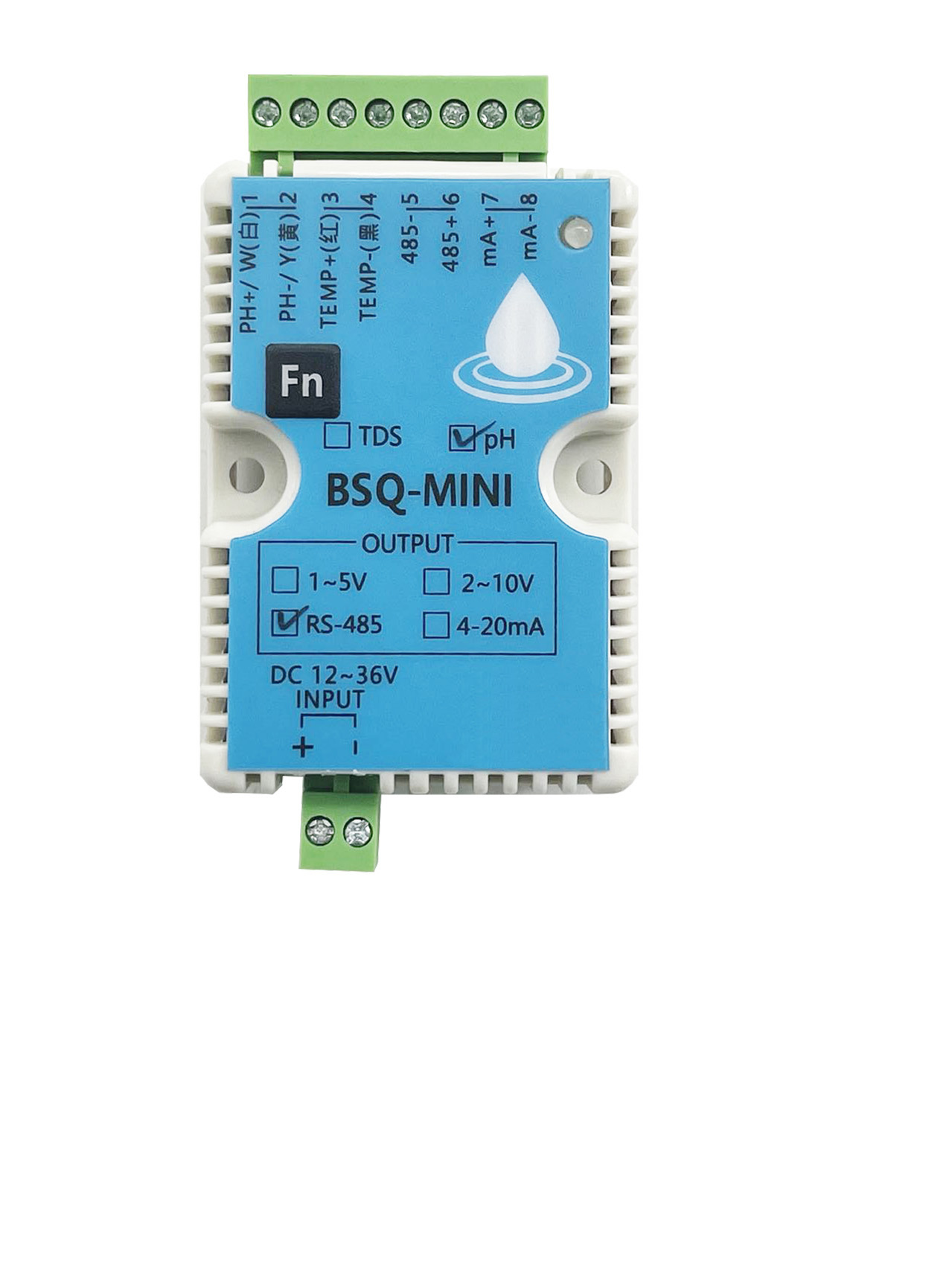
By continuously monitoring the ORP level and adjusting the amount of disinfectant added to the water, chemical controllers help maintain a safe and healthy swimming environment. The ORP level is typically set by the pool operator based on factors such as water temperature, bather load, and environmental conditions. The chemical controller then uses this set point to regulate the amount of disinfectant added to the water to keep the ORP level within the desired range.
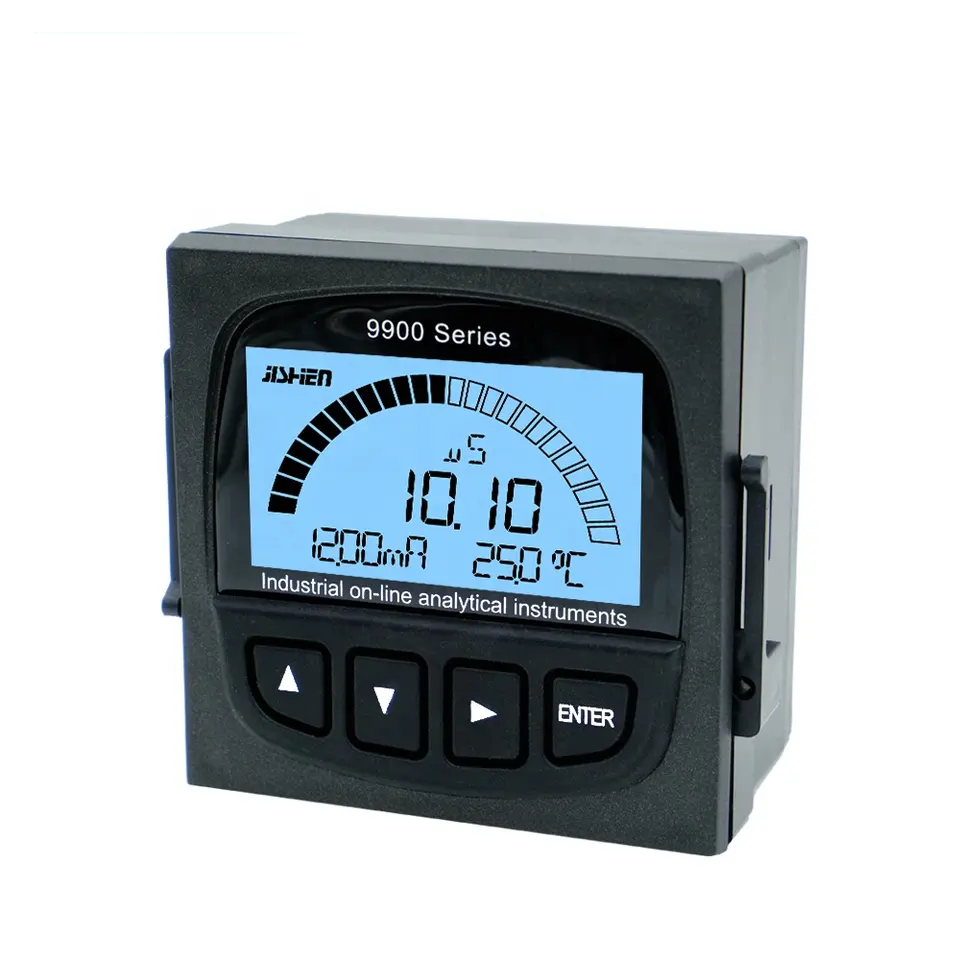
One of the key factors that ORP affects in chemical controllers is the rate of oxidation and reduction reactions in the water. Oxidation is the process of removing electrons from a substance, while reduction is the process of adding electrons. In water treatment, oxidation reactions are used to break down organic contaminants and kill bacteria, while reduction reactions help neutralize harmful byproducts of oxidation.
When the ORP level is too low, it indicates that there is not enough oxidizing power in the water to effectively kill bacteria and break down contaminants. In this case, the chemical controller will increase the amount of disinfectant added to the water to raise the ORP level and improve water quality. On the other hand, if the ORP level is too high, it suggests that there is an excess of oxidizing power in the water, which can lead to the formation of harmful disinfection byproducts. In this case, the chemical controller will reduce the amount of disinfectant added to the water to lower the ORP level and prevent over-oxidation.
Overall, ORP is a critical parameter in chemical controllers that helps maintain the desired water quality by regulating the amount of disinfectant added to the water. By monitoring the ORP level and adjusting the chemical dosing accordingly, chemical controllers ensure that the water remains safe and clean for swimmers. Understanding the impact of ORP on chemical controllers is essential for pool operators and water treatment professionals to effectively manage water quality and ensure a healthy swimming environment.

